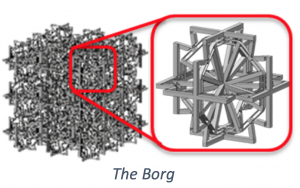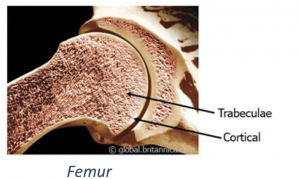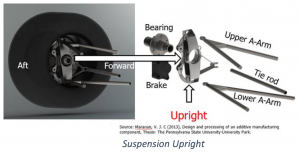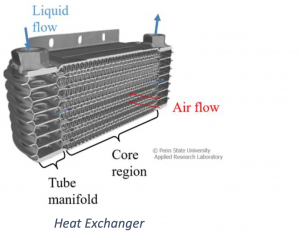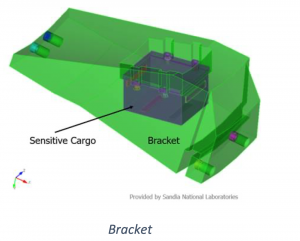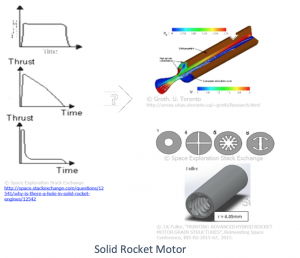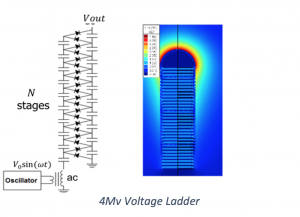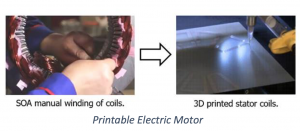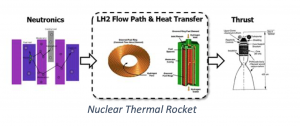Download: TRADES Challenge Problem Overview Slide Deck
Download: TRADES Challenge Problem Sets 1-6 (all at once)
Overview






Challenge Problem Set 1
The first set of challenge exemplar problems focus on modeling shape and materials at scale. There are two challenge exemplar problems in this set:
The Borg: The goal of the Borg challenge exemplar is to demonstrate interactive editing capabilities on, calculate integral properties (e.g., mass) of, and generate slices (for a 3D printer) for a cube of 1m3 volume with irregular connected 0.1mm micro truss structures such that the part will not collapse under its own weight. Based on a back of the envelope calculation, brute force instantiation of all elements of the Borg structure would require >100TB of memory — well beyond the capabilities of most SOA systems.
The Femur: The goal of the femur challenge exemplar is to demonstrate interactive editing capabilities on, calculate integral properties (e.g. mass) of, and generate slices (for a 3D printer) for the external (cortical) and internal (trabecular) structure of a femur head to represent stochastic materials. For data, several complete lemur bones scans can be found at www.MorphoSource.org.
Download: TRADES Challenge Problem Set 1
Challenge Problem Set 2
The second set of challenge exemplar problems is focused on balancing shaping and materials while contending with diverse physics. There are three challenge exemplar problems in this set:
Suspension Upright: The objective of this challenge exemplar problem is to redesign the suspension upright for a vehicle subject to predetermined loads, while swapping the original part material Ti-6Al-4V for ULTEM 9085 (a high performance thermoplastic). The CAD files and load cases for this challenge exemplar problem were provided by Professor Tim Simpson at PSU.
Heat Exchanger: The objective of this challenge exemplar problem is to redesign a heat exchanger for a vehicle, while contending with a swap from AlSi10Mg Aluminum (a high temperature conductive material) to 2.0 kg of EOS Stainless Steel GP1 (which has a much lower thermal conductivity). The geometry, boundary conditions, and specifications for the original part were supplied by Professor Steve Lynch at PSU.
Sandia Bracket: The goal of this challenge exemplar problem is to design a lightweight bracket which can contend with multiple loading configurations while remaining structurally stable and minimize vibration induced by external fixtures. This challenge exemplar problem was provided by Miguel Aguilo at Sandia.
Download: TRADES Challenge Problem Set 2
Challenge Problem Set 3
Solid Rocket Motor: The intent of the solid rocket motor challenge is to balance shaping and graded material properties in a solid rocket motor to match various thrust profiles while eliminating the need for internal case insulation by requiring that all case surfaces be covered by a vanishingly thin layer of propellant the moment prior to burnout. The problem statement for the Solid Rocket Motor exemplar was provided by Tim Kibbey at Jacob’s Technology (contractor for NASA).
Download: TRADES Challenge Problem Set 3
Challenge Problem Set 4
4mV Voltage Ladder: The goal of the 4mV voltage ladder exemplar problem is to design a four million volt >.25mA DC Cockcroft Walton voltage multiplier, using a combination of shaping and graded dielectric materials to build the capacitors while minimizing volume and avoiding flashover. This problem was inspired by the DARPA ICONS program — where compact neutron generators for imaging require the generation of high voltage to accelerate deuterium — and inspired a follow on DARPA SBIR to build a 4mV Cockcroft Walton voltage multiplier. The problem statement for the 4mV Voltage Ladder was provided by Bruce Warmack at Oak Ridge National Laboratory (ORNL).
Download: TRADES Challenge Problem Set 4
Challenge Problem Set 5
Printable Electric Motor: The objective of this challenge problem was to design the optimal layout of conductors, magnetic materials, insulators, and cooling ducts for both stator and rotor of a 1 kg axial flux permanent magnet synchronous electric motor to exceed 10kW sustained at 8000 rpm, with a maximum input voltage of 380 Volts/3 Phases, 50 Hz, and maximum temperature not to exceed 200C. This problem was inspired by NASA’s CAMIEM project to design an additively manufactured electric motor and was provided by Peter Kascak at NASA.
Download: TRADES Challenge Problem Set 5
Challenge Problem Set 6
Nuclear Thermal Rocket: The goal of this challenge was to design the flow paths for a nuclear thermal rocket’s engine core in order to maximize the thrust to weight ratio while maintaining criticality and surviving the loads of space launch and operation as well as predetermined thermal and pressure drop conditions. The problem statement for the Nuclear Thermal Rocket was provided by Tabitha Dodson, a Scientific, Engineering, Technical Assistance (SETA) contractor at DARPA.
Download: TRADES Challenge Problem Set 6

